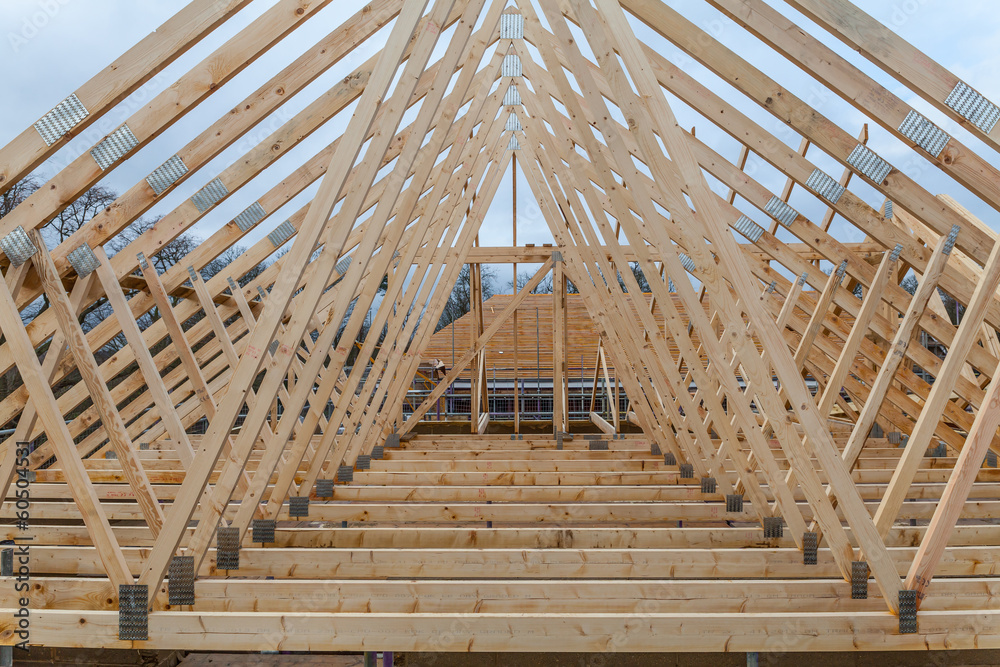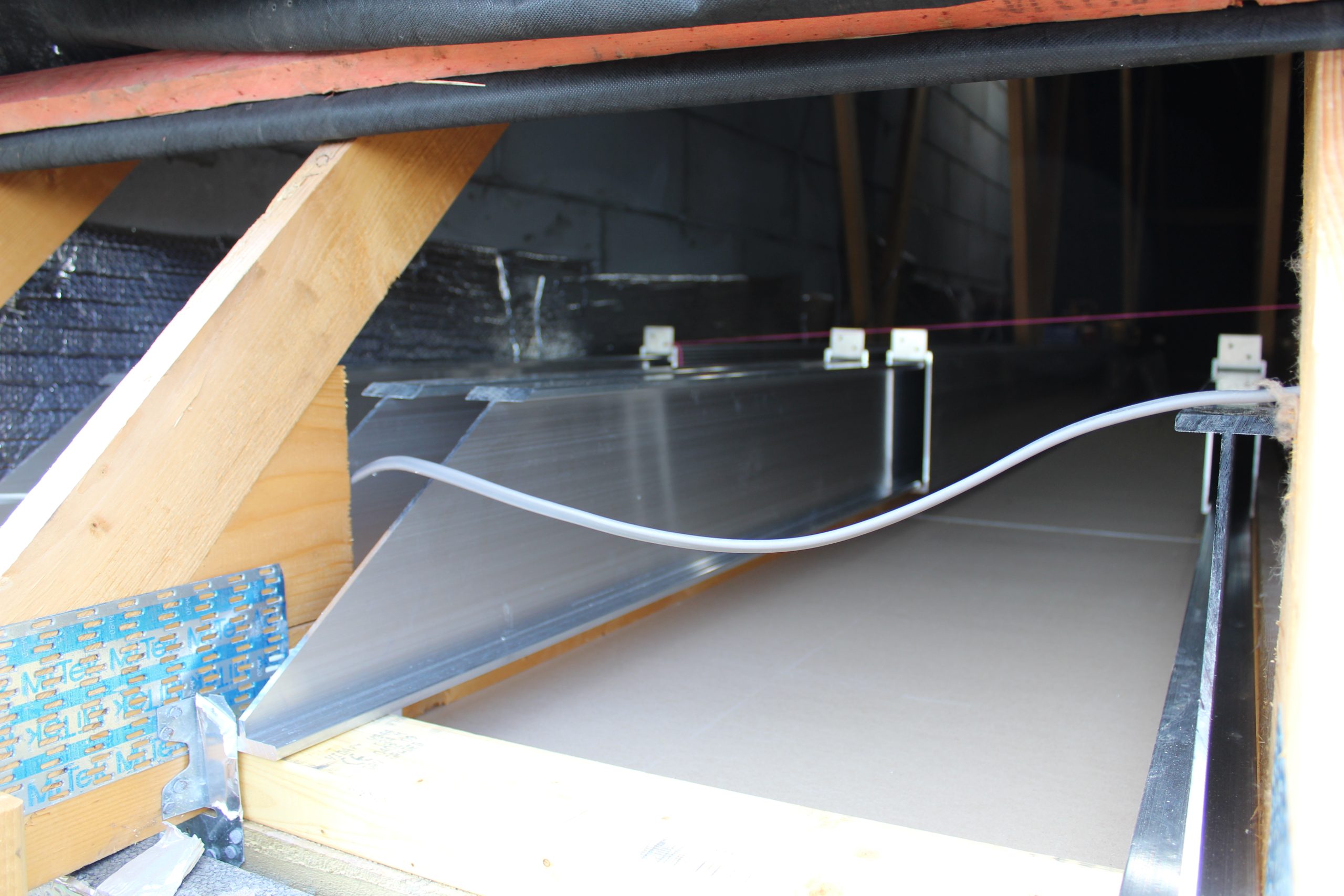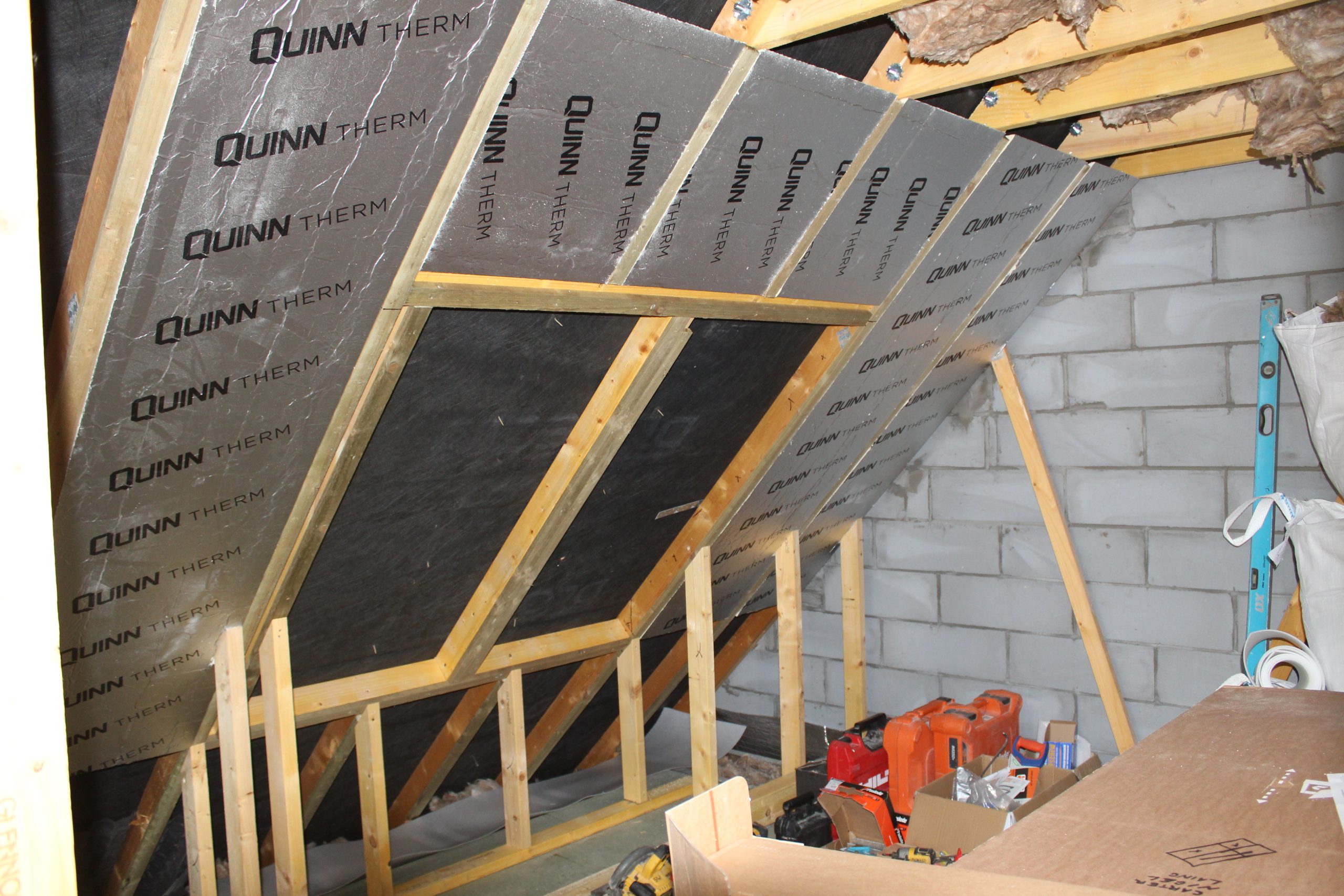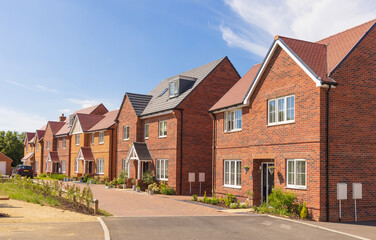Explore: Can You Get a Loft Conversion in a New Build?
Can You Get a Loft Conversion in a New Build?
If you live in a newly built house (or a modern house, say built after 1983) you might be wondering if doing a loft conversion is a good option for a new build
It could offer the perfect opportunity to add extra living space and increase the value of your property.
In this article, we will explore the possibility of getting a loft conversion in a new build and provide you with all the information you need to know.
What is a Loft Conversion and Why You Might Need One?
A loft conversion is the process of transforming an unused loft or attic area into a usable living space.
It can be a valuable addition to your home, providing you with extra room for various purposes. Whether you need an extra bedroom, a home office, a gym, or a storage space, a loft conversion can fulfill your needs. Additionally, a loft conversion can significantly increase the value of your property, making it a worthwhile investment.
Loft conversion in a new build home
Doing a loft conversion project in a new build house from a structural standpoint can present several challenges, as modern construction techniques and materials used in new build homes differ from older properties. Here are some of the key structural challenges:
- Trussed Roof Systems: Most new homes use w-shaped trussed roof systems, which consist of prefabricated roof trusses designed to support the roof structure and distribute its load to the load-bearing walls. (normally the outside walls), However, on rare occasions, there may be load-bearing partitions on the first floor to support the trusses
- Structural Integrity: When modifying or removing roof trusses, it’s critical to ensure that the structural integrity of the entire building is not compromised. Structural engineers may need to be involved to assess the impact of any changes and recommend suitable solutions, such as installing alternative support structures.
- Load-Bearing Capacity: Modern new builds are designed with specific load-bearing capacities in mind. Attic conversions introduce additional weight to the structure, including the new floor, furnishings, and occupants. Ensuring that the existing structure can support this additional load is essential. Reinforcements, such as additional beams or supports, will be required.
- Dormer Additions: If you plan to add dormer windows these structural additions must be carefully integrated into the existing roof structure. Properly designed dormers must be structurally sound and blend seamlessly with the original roof.
- Building Regulations: New build houses must adhere to strict building regulations, particularly regarding structural integrity and safety. Any structural alterations, including loft conversions, must meet these regulations. This often involves considerations for fire safety, insulation, and structural stability.
- Access: Providing safe and convenient access to your new build attic conversion can be a structural challenge. This may involve adding or modifying staircases, which must meet building regulations.

Are Timber frame houses harder to convert?
In a word, yes, a loft conversion in your new timber frame house is not without its challenges (if even possible)
How do I know if my house is timber frame construction?
If you live in Scotland then most newer homes are constructed in timber frame, it’s less common in England and Wales.
A telltale sign is cavity vents, look out for these little plastic vents placed at high and low levels in the outside walls, if you can see these then your house will be timber frame construction.
Because the timber frame forms the structure of the house it can be challenging structurally to make this work, in fact, a loft conversion may not be possible, or it may be so expensive that it will be difficult to make the numbers work.
The very first step would be to have a structural engineer appraise your property and tell you if a loft conversion is possible.
Contact us and we can put you in touch with a structural engineer who can do an initial structural feasibility study.
Are traditionally built houses suitable for a loft conversion?
Yes, it’s usually possible to convert the loft in a traditionally built modern home.
These new builds are constructed in masonry with w-shaped roof trusses.
Many new build houses in England and Wales are still traditionally built.
There are still challenges but if you need more space and you are keen to have a loft conversion done then it’s probably worth investigating further.
Again the first step will be to contact a structural engineer.

Understanding Fink Roof Trusses
Modern fink roof trusses are not always suitable for a loft conversion for several reasons:
- Limited Space: Fink roof trusses are engineered with a W-shaped design that maximizes structural efficiency but minimizes the open space in the attic or loft area. This design leaves very little room for creating usable living space, as it obstructs the vertical space needed for headroom in a converted loft.
- Structural Challenges: Modifying or removing fink roof trusses can pose significant structural challenges. These trusses are critical components of the roof structure, providing support and stability to the entire roof. Altering them can compromise the structural integrity of the roof and the entire building unless proper engineering solutions are implemented.
- Cost and Complexity: Converting a loft with fink roof trusses often requires complex and costly structural alterations. You will need to reinforce the roof structure, remove or modify trusses, or install alternative support systems. These modifications can significantly increase the cost and complexity of the project.
- Building Regulations: Loft conversions must comply with building regulations to ensure safety and structural integrity.
- Design Limitations: The design and layout of a loft conversion with fink roof trusses can be limited due to the restricted space and structural constraints. Achieving the desired functionality and aesthetics may be more challenging.
While it may be technically possible to convert a loft with fink roof trusses, it is generally a more complicated and costly endeavor compared to loft conversions in older homes with more suitable roof structures, such as traditional rafters or attic trusses designed with conversion in mind.
If you have a house with fink roof trusses and are considering a loft conversion, it is essential to consult with structural engineers and architects experienced in loft conversions to assess the feasibility and explore potential solutions tailored to your specific situation.
Telebeam & Attic Beams
TeleBeam is a patented loft conversion system used in the UK. It’s designed to create more usable space within a loft or attic without the need for traditional load-bearing beams or supports.
Attic beams offer a similar service.
The TeleBeam system typically involves the installation of a steel framework that spans the width of the loft, providing structural support and allowing for the creation of additional living space.
This may be a good option for a conversion in your new build.
Here’s a basic overview of how the TeleBeam system works:
- Steel Framework: The core of the TeleBeam system consists of telescopic steel beams and connectors. These beams are designed to be lightweight but structurally strong.
- Installation: The steel framework is installed within the loft space. It is securely anchored to the external walls of the house, and the beams are spaced to provide the necessary support for the new floor and any additional weight, such as furniture or storage.
- Flooring: Once the TeleBeam framework is in place, a new floor can be installed over it. This floor can be used as additional living space, such as bedrooms, offices, or recreational rooms.
- Minimal Disruption: One of the advantages of the TeleBeam system is that it typically involves less disruption to the existing home compared to traditional loft conversions. It can often be completed more quickly and with less mess.
- Compliance: It’s important to ensure that any loft conversion, including those using the TeleBeam system, complies with local building regulations and planning permissions.
We have designed Loft conversions for newly built houses where the clients have continued to live in the properties during the construction work.
For most of the project, the contractors entered and exited the attic via a scaffold bay around the rear of the property, keeping disruption to a minimum.
It’s worth remembering that it’s not a picnic and you will still need to expect some upheaval with a new loft conversion project.

The Different Types of Loft Conversions
There are 2 popular types of loft conversions available for new build properties:
- Dormer Loft Conversion
- Velux roof light Conversion
Each type offers different benefits and features.
A good option for a new build loft conversion would be a Velux conversion, this type of project is normally permitted development and usually does not need planning permission.
A Dormer conversion will normally require planning approval, however, an architect will be in a position to advise you on this.
Costs and Timeframes for New Build Loft Conversions
A new-build Loft conversion cost can vary depending on the type you choose. On average, loft conversions can cost around £70,000 for this type of project but this estimate can fluctuate based on the size and complexity of the project.
The timeframe for completion also varies depending on the type of conversion. A conversion with dormer windows typically takes around 12 weeks, while a conversion with roof light usually takes around 8 weeks.
Pros and Cons of New Build Loft Conversion
Before proceeding with a new build loft conversion, it’s essential to consider the pros and cons.
Some advantages include the opportunity to add extra living space or a master bedroom and make use of an unused area, and add value to your home. However, there are also disadvantages, such as potential suitability issues for certain homes, higher costs, and longer timeframes for completion. It’s crucial to carefully weigh these factors before committing to a loft conversion.

Conclusion
In conclusion, getting a loft conversion in a new build may be possible and can bring numerous benefits. However, it’s important to take advice (in the very beginning) from a suitably qualified structural engineer.
An engineer who is experienced in this type of project has done this before.
This can raise any potential red flags at a very early stage and save you money before diving into design drawings etc.
Regardless of which loft conversion you choose, If you would like to work with a loft conversion specialist, get in touch with us to see if we can help with your project.
Key Takeaways:
- A loft conversion in a new build can provide additional living space and increase the value of your property.
- There are different types of loft conversions, such as conversion with dormer windows, and conversion with roof lights.
- Choosing the right loft conversion involves considering factors such as space requirements and associated costs and benefits.
- Costs for new build loft conversions vary depending on the type chosen, with rough estimates ranging from £70,000 to £120,000+
- New build loft conversions offer advantages like extra living space but also have potential disadvantages like suitability issues and higher costs.
- Consider factors like ceiling height, planning permission, and building regulations before proceeding with a loft conversion in a new build.
FAQ
Q: Can you get a loft conversion in a new build?
A: Yes, it may be possible to do a loft conversion on a new build home. However, there are factors to consider.
Q: What is a loft conversion?
A: A loft conversion is the process of transforming an unused loft area into a usable living space, providing extra room in your home.
Q: Why might you need a loft conversion?
A: You might add a loft conversion to create additional living space in your home or to increase the value of your property.
Q: What are the different types of loft conversions?
A: There are various types of loft conversions, including those with dormer windows, mansard, and roof lights.
Q: How do you choose the right loft conversion for your home?
A: When choosing a loft conversion, consider factors such as your space requirements (extra space), costs, and potential benefits for your specific needs.
Q: What are the costs and timeframes for new build loft conversions?
A: The costs of new build loft conversion will depend on the size and can vary depending on the type of conversion, with rough estimates available. The timeframes for completion also vary depending on the specific conversion.
Q: What are the pros and cons of new build loft conversions?
A: A New build loft conversion is a great way to add extra living space and increase the value of your home, but there may be challenges and costs involved.
Q: Are there any restrictions or regulations for new build loft conversions?
A: Planning permission and building regulations may apply to new build loft conversions, so it’s important to consult with specialists and consider any restrictions or regulations that may be in place.

